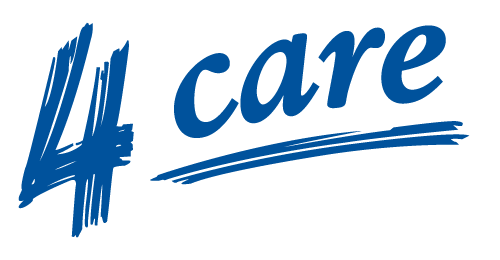Bedridden Patient and Patient with High Body Weight
Urinary and faecal incontinence, as a chronic care-related problem, requires comprehensive solutions. This is why specialists use the term incontinence management nowadays. By using this term, professional care-givers demonstrate that not only do they use appropriate care and nursing techniques but also the cutting-edge products to respond to the patients' incontinence in an optimum way.
Retirement homes, nursing homes and residential care facilities taking care of incontinent patients expect a professional product to help them respond to their patients' needs appropriately. These products include various disposable inserts, incontinence briefs and special clothes and underwear which facilitate appropriate hygiene of the patient wearing them.
A secret ensuring success in modern care and nursing is the consideration of the individual characteristics of the patient. A particular challenge for nurses and care-givers, are patients with high body weight, those who are bedridden, and individuals who cannot communicate. Some of those individuals are not aware of any protection worn and although they do not interfere with their incontinence products they also do not cooperate with the staff. This makes it more difficult to change the protection and ensure hygiene, especially when the patient is heavy and largely inert.
Bodysuits with a zip on the back and in the crotch or overalls with a zip on the back and in the crotch may be a solution to that problem. These products do not require the patients to be undressed in order to change the incontinence products, simply undo the zip in the crotch.
This brings many benefits:
* The nurses/care-givers are not exposed to excess overload which protects their health, including but not limited to avoiding any spine problems (which are very frequent among nurses and care-givers).
* The everyday duties related to changing the protections may be done faster and more easily.
* Easier and more effective work means the patient will not wear any soiled incontinence products, reducing the risk of irritation, infections, and bed sores.
* The protections may be changed in a more discrete way, improving respect for the patient's privacy and intimacy.
* This also reduces the costs related to the frequency of washing bedding and patient's clothes as these high quality products rarely leak.
Other products in this group include bodysuits with snap fasteners in the crotch and bodysuits with snap fasteners on the shoulders. Those products are designed primarily for disabled and bedridden patients.
These bodysuits:
* are very easy to put on.
* prevent rolling or bunching underwear or gowns (which is highly important to prevent bed sores).
* cover the patient's back preserving modesty and comfort.
* keep the inconstancy protection safely in place (which is important especially for patients whose bedsores are being treated and who cannot wear any underwear).
The most important aspect of these incontinence solutions is that they improve the comfort of the patient's life and of the care-givers' work.


